8 Green Vegetables Perfect for Winter Growing in Pots
Green vegetables are a wonderful addition to your winter garden, and many varieties grow well in pots.
From kale and spinach to arugula and lettuce, these vegetables thrive in containers and can be enjoyed throughout the colder months.
With a little care, you can harvest fresh, nutritious greens right from your own pots, even in chilly weather.
Be sure to place your pots in a sunny area and protect them from extreme cold to maximize growth.
Growing green vegetables in pots is not only easy but also helps reduce the risk of pests and diseases.
Ready to grow your greens this winter?
Start today with these helpful tips for success!
Benefits of Growing Green Vegetables in Pots During Winter
Growing green vegetables in pots during the winter months offers several advantages, especially for those living in urban areas or places with limited garden space.
Here’s how container gardening can benefit you during the colder seasons.
Space-Saving
Using pots allows you to grow a variety of green vegetables in small spaces, making it ideal for urban gardening or areas where garden beds are limited.
Whether on a balcony, windowsill, or patio, pots can help maximize your available space and extend your growing season.
Improved Temperature Control
Pots help retain heat, creating a warmer microenvironment for your plants.
This is especially beneficial during winter, as the container acts like a heat reservoir, keeping your vegetables warmer than the outdoor air.
You can further protect your plants by using insulating materials or moving the pots indoors on very cold days.
Ease of Harvesting
Container-grown vegetables are easier to access and care for, making them perfect for those with mobility challenges or limited space for traditional gardening.
Pots make harvesting more convenient and reduce the strain of bending over or reaching into large garden beds.
Top Green Vegetables for Winter Gardening in Pots
Container gardening allows you to continue growing fresh vegetables during the colder months.
Many leafy greens are well-suited for pots and can withstand winter temperatures with the right care.
Here’s a selection of green vegetables that can thrive in containers through the winter season.
Sorrel
Sorrel is a resilient herb that thrives with minimal attention, needing just occasional watering and weeding. Preferring cooler temperatures, this plant can flourish abundantly in your garden or yard.
Its growth habits resemble those of weeds, making it an easy addition for anyone looking to enhance their green space without much effort. Whether you want fresh leaves for salads or soups, sorrel offers both practicality and versatility in the kitchen.
You might find yourself enjoying its unique flavor while appreciating how simple it is to cultivate at home.
Agretti
Agretti, often resembling chives, thrives in salty soil conditions. Its unique flavor profile combines a hint of saltiness with bitterness, making it an intriguing addition to various dishes.
Many enjoy incorporating this herb fresh into salads dressed with garlic and olive oil for a refreshing twist. This versatile ingredient can also enhance other culinary creations by adding depth and character.
Exploring the possibilities of agretti can elevate your cooking experience significantly while introducing distinctive flavors to your meals.
Mizuna
Mizuna thrives even in chilly winter conditions, making it a resilient choice for indoor gardening. Cultivating this leafy green on a windowsill or in trays allows you to enjoy fresh microgreens year-round.
Incorporate its peppery flavor into salads or mix it with other greens like mesclun for added zest. This versatile plant not only enhances your meals but also brightens up your space during the colder months.
Enjoy the benefits of growing mizuna as part of your home gardening experience.
Fennel
Fennel offers a unique addition to your culinary repertoire with its sweet, tender greens. These vibrant leaves serve as an excellent vegetable choice for enhancing various dishes.
Incorporating fennel into salads or coleslaw brings a refreshing twist that elevates flavor profiles effortlessly. Use it in dressings to add depth and complexity to your meals.
This versatile ingredient not only enhances taste but also contributes nutritional value, making every bite worthwhile.
Land Cress
Land cress stands out as a nutritious leafy green, packed with essential vitamins and minerals. Cultivating this plant is straightforward, requiring minimal effort for successful growth.
You can enjoy its health benefits while adding variety to your meals. With just basic care, you will have access to fresh greens right from your garden or kitchen window.
This versatile herb not only enhances dishes but also contributes significantly to your overall wellness.
Salad Burnet
Salad burnet stands out as a versatile herb that thrives effortlessly in various settings. You can cultivate it in your garden, perennial beds, or even on a sunny windowsill.
This plant not only enhances the beauty of your space but also offers culinary benefits. With its mild flavor reminiscent of cucumber, salad burnet is perfect for fresh salads and garnishes.
I find it an excellent choice for anyone looking to enrich their gardening experience with minimal effort.
Pea Greens
Pea greens offer a remarkable addition to your gardening endeavors. These plants thrive even in chilly conditions, producing delightful shoots and tendrils that are both nutritious and versatile.
Growing them is straightforward, making it accessible for anyone eager to cultivate fresh produce at home. Their unique flavor enhances salads or stir-fries beautifully, bringing freshness straight from the garden to your table.
Incorporating pea greens into your meals not only boosts nutrition but also adds an exciting element of taste to everyday dishes.
Mache
Mache thrives in cooler climates, making it an excellent choice for those seeking a tender salad green. This nutritious leafy vegetable offers a mild flavor that enhances various dishes.
Growing mache not only supports sustainable gardening practices but also provides fresh greens during the colder months when other vegetables may struggle to flourish. Its ability to adapt to lower temperatures ensures you can enjoy its delicate taste without compromising on quality or environmental responsibility.
Incorporating mache into your meals adds both nutritional value and versatility, inviting creativity in your kitchen adventures.
How to Care for Winter-Growing Vegetables in Pots
Caring for winter-growing vegetables in pots requires special attention to temperature, light, and watering needs.
In this section, we’ll cover the essential steps to keep your container-grown greens healthy and thriving through the cold months.
Protecting From Extreme Cold
To protect your plants from freezing temperatures, use row covers, cloches, or plastic sheets.
These materials shield plants from frost while still allowing airflow to prevent overheating on warmer days.
During especially cold spells, bring pots inside or place them in a sheltered area like a porch or balcony to provide additional protection from the elements.
Watering and Feeding
Even in winter, your plants need regular watering, but be cautious not to overwater as this can cause root rot.
Water when the top inch of soil feels dry, ensuring that the water drains well.
Fertilize sparingly, as plants are not growing as quickly during the colder months.
A balanced, slow-release fertilizer or organic compost can help maintain plant health without overfeeding.
Sunlight and Temperature
Position your pots where they can receive at least 4-6 hours of sunlight per day.
If sunlight is limited, use reflective surfaces like white walls or aluminum foil to help maximize light exposure.
For very limited sunlight, you can bring the plants indoors and use grow lights to supplement the natural light they need to grow.
Tips for Extending the Growing Season for Winter Greens
To get the most out of your winter garden, there are several strategies you can use to extend the growing season for your greens.
From insulation techniques to the use of grow lights, these tips will help you enjoy fresh greens all winter long.
Using Cold Frames
A cold frame is a mini-greenhouse structure that can be placed over your potted plants.
It traps daytime heat, keeping plants warmer through the night and extending their growing period, even in cold temperatures.
Using Insulating Materials
Wrap the exterior of your pots with insulating materials like burlap, foam, or straw.
This helps prevent the soil from freezing and keeps the roots warm, allowing your winter greens to thrive despite the cold weather.
Rotate and Harvest
Regularly harvest outer leaves and thin the plants to encourage new growth.
For fast-growing greens like spinach and lettuce, this method ensures a continuous supply of fresh greens, giving you a longer harvest season.
Harvesting and Using Your Winter-Grown Greens
Harvesting winter-grown vegetables requires a bit of timing to ensure the best flavor and nutrition.
We’ll guide you on how to properly harvest and use your winter greens in delicious meals.
When to Harvest
Winter greens such as kale, spinach, and lettuce are ready to harvest once the leaves have grown large enough to eat.
Cut individual leaves from the plant to encourage continued growth.
Harvesting before the plants go to seed ensures the best flavor and quality.
Using Winter Greens in Meals
Winter greens can be used in a variety of dishes such as soups, salads, stir-fries, or smoothies.
These nutrient-packed greens are an excellent addition to your meals, offering vitamins and minerals to support overall health.
Troubleshooting Common Winter Growing Issues
Growing vegetables in pots during winter can come with its challenges, from frost damage to pests.
Here, we’ll address common winter gardening issues and offer practical solutions to keep your greens thriving.
Pests and Disease
Though pest activity is lower in winter, aphids, slugs, and fungal diseases can still affect your plants.
Manage pests organically by using neem oil or hand-picking insects.
Regular inspection will help you catch problems early before they spread.
Yellowing Leaves
Yellowing leaves are often a sign of overwatering, nutrient deficiencies, or insufficient light.
Adjust your watering schedule, ensure good drainage, and provide a balanced fertilizer to help remedy the problem.
Make sure your plants are getting enough light, either from natural sources or grow lights.

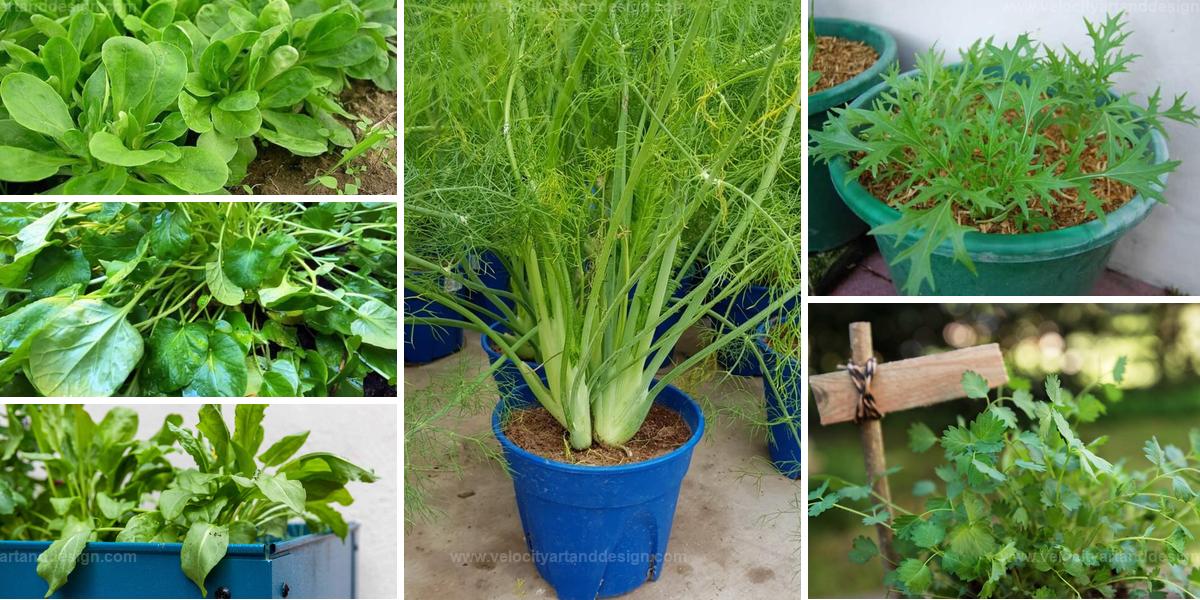
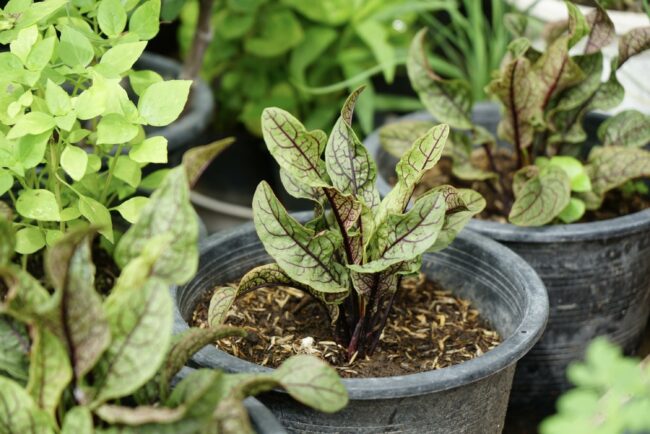
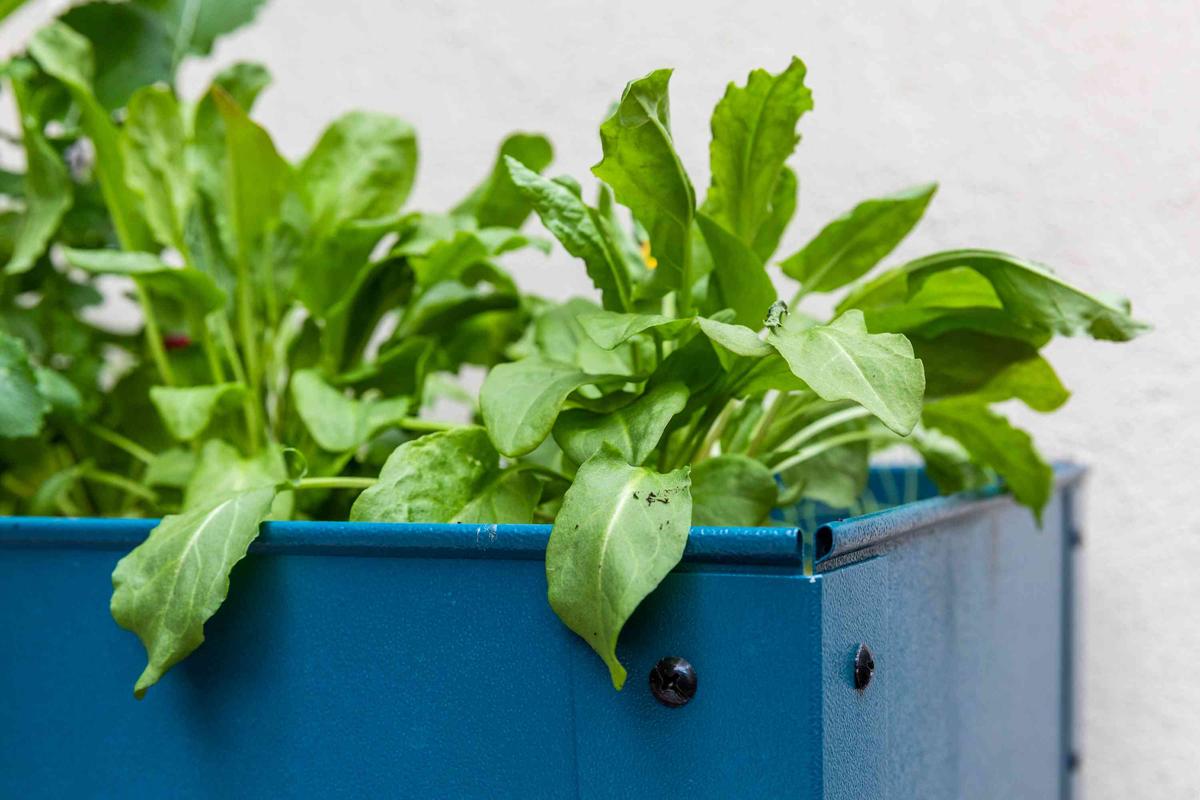
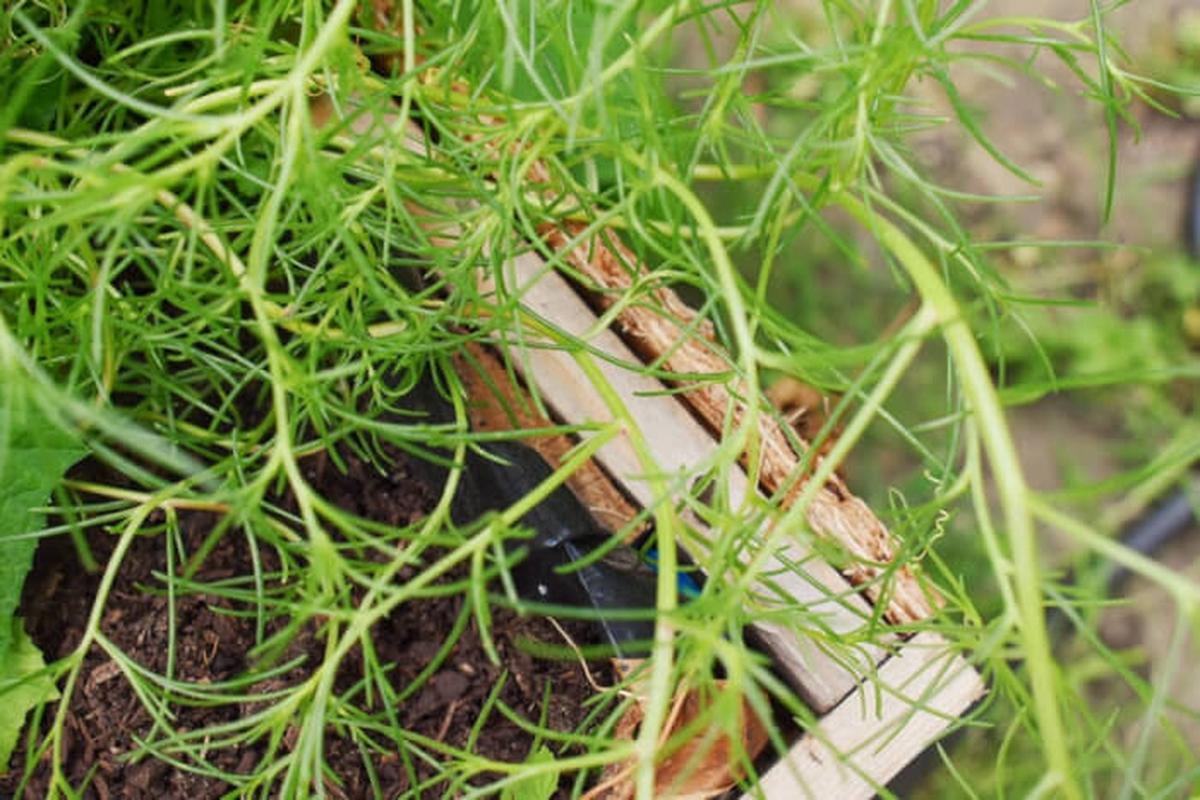
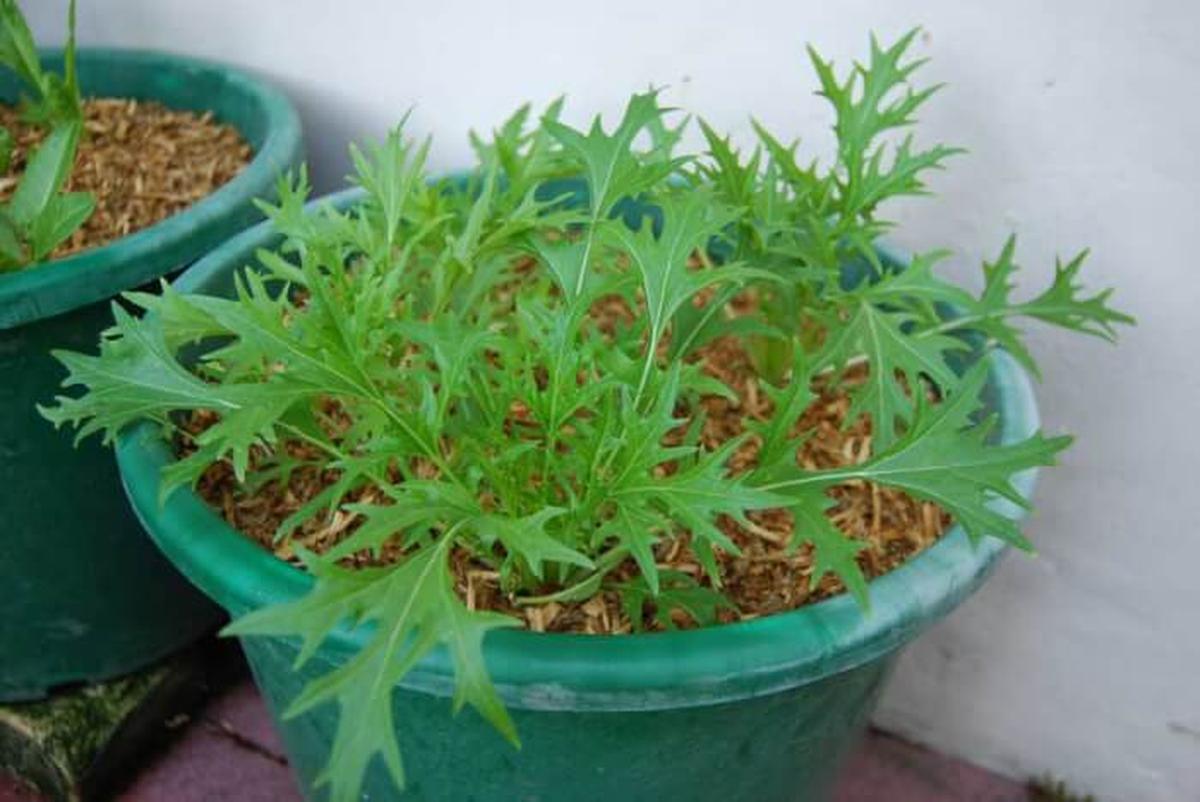
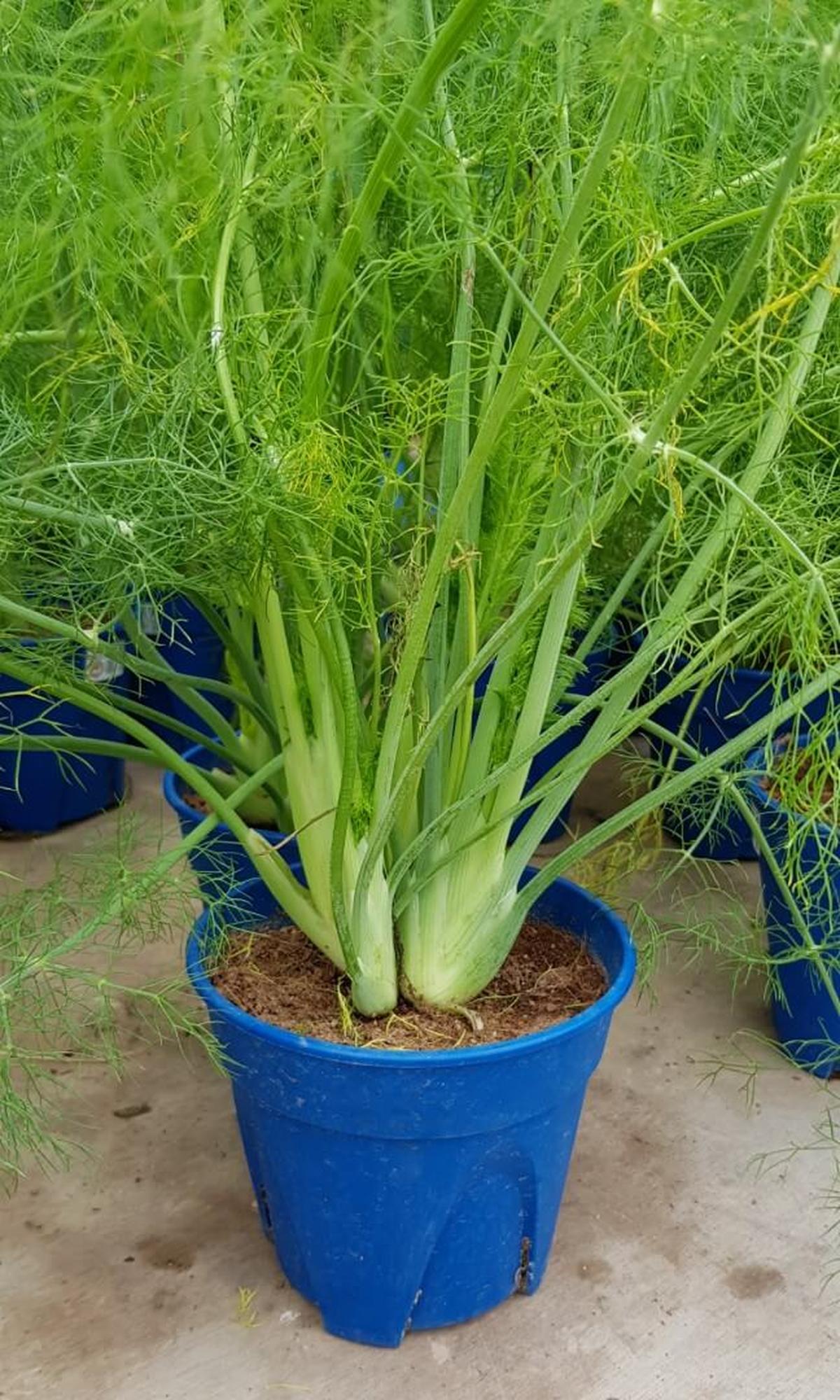
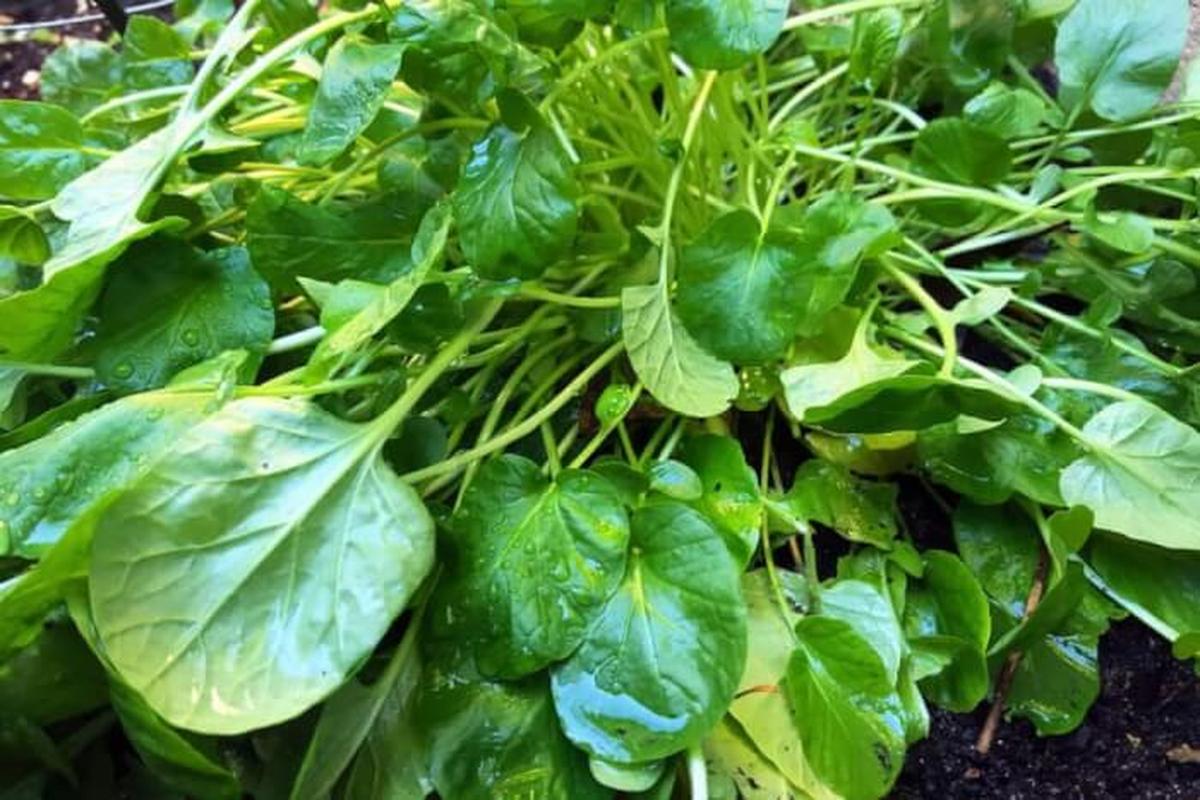
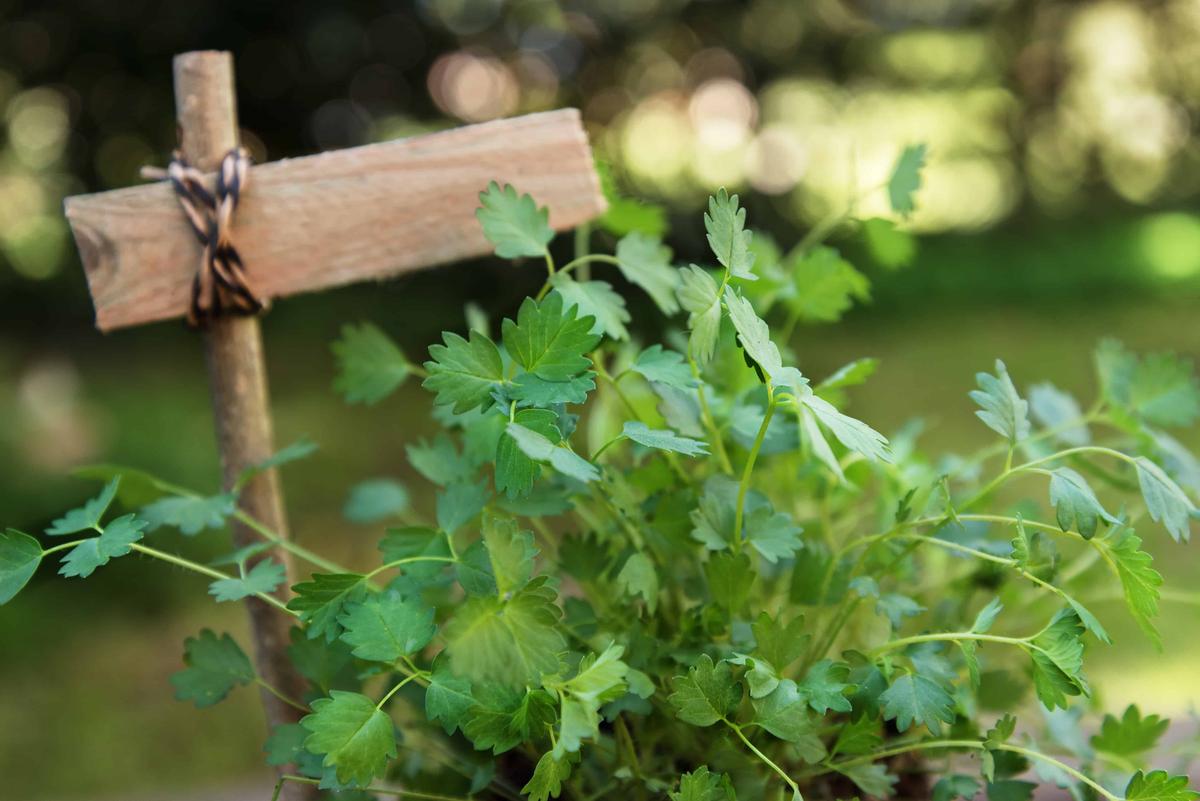
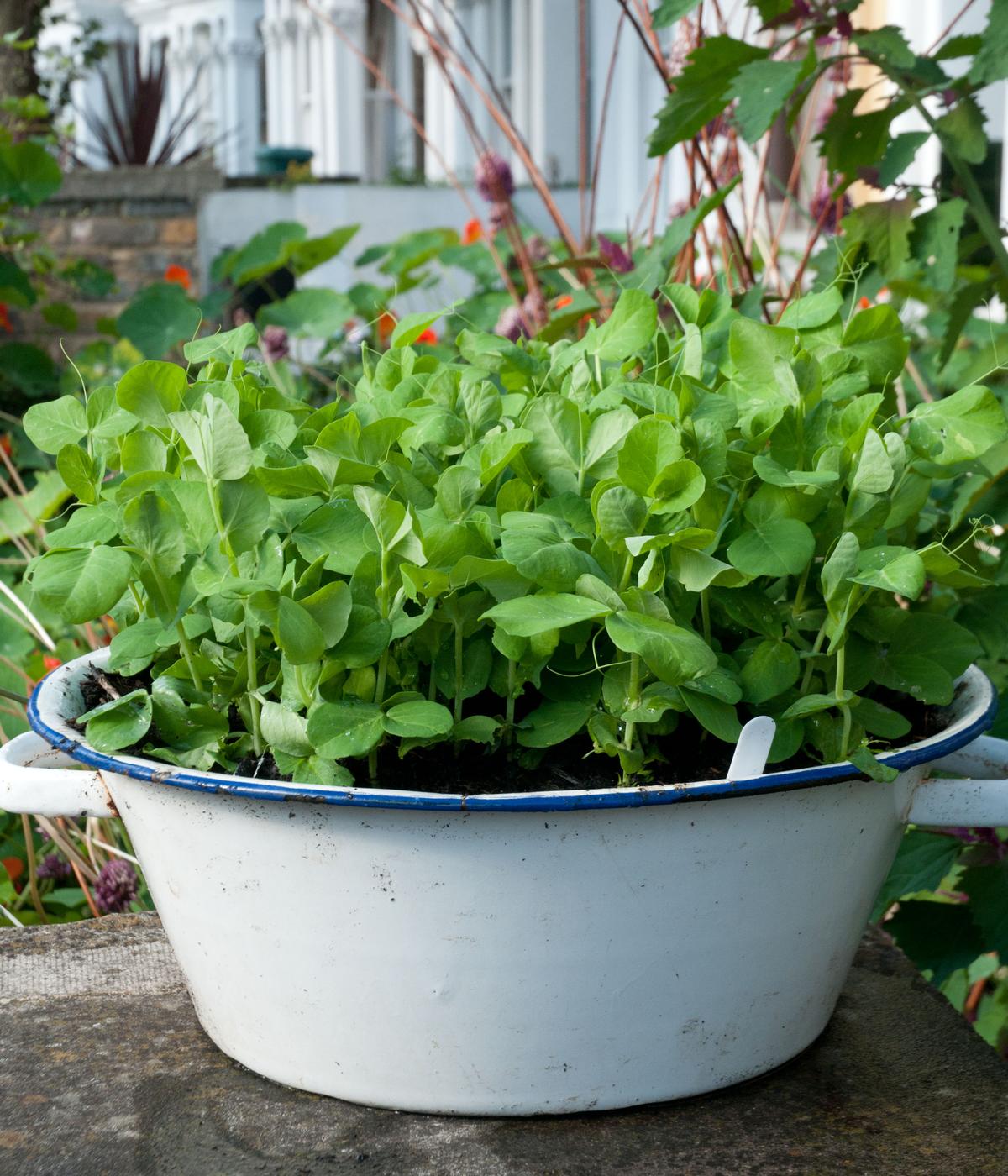
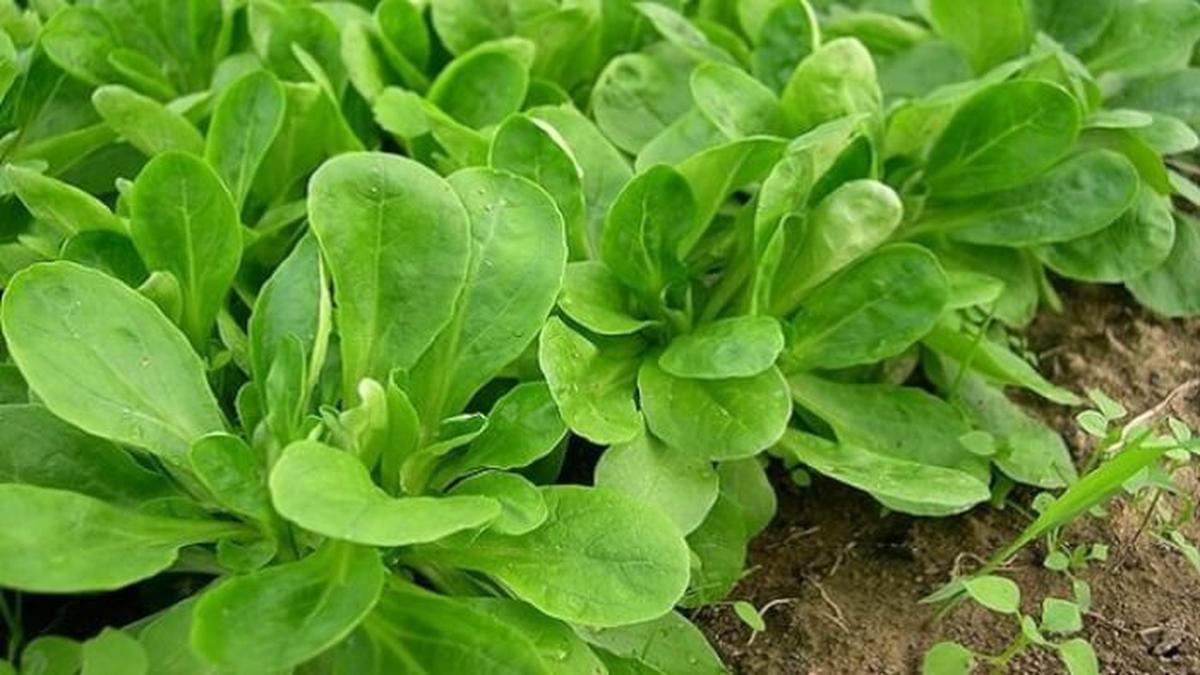
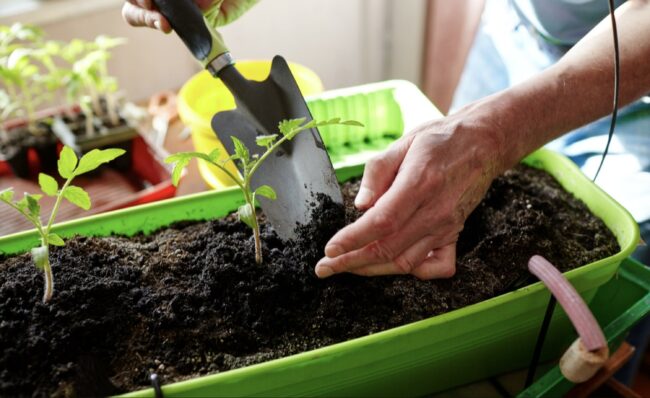
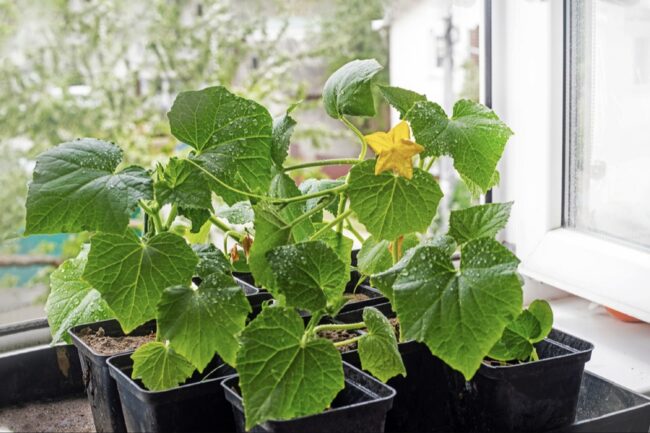
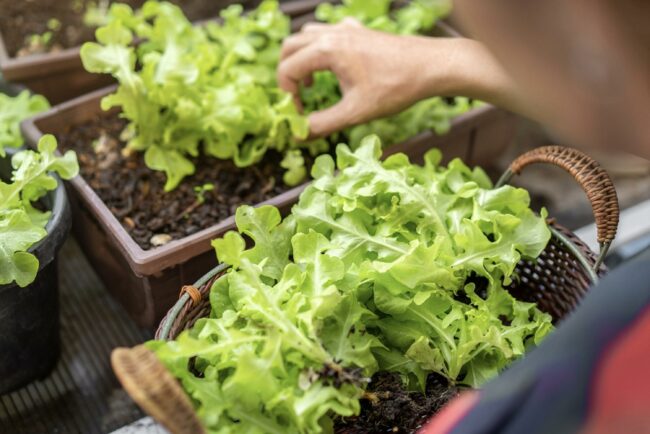
James Turner
Founder & Lead Designer
Expertise
Interior Design, Sustainable Design Practices, Spatial Planning, Innovative Material Applications, Contemporary Art Techniques, Visual Communication, Multimedia Artistry, DIY Design and Home Projects, Eco-Friendly Living Spaces, Creative Solutions
Education
University of Cincinnati College of Design, Architecture, Art, and Planning (DAAP)
Columbus College of Art & Design (CCAD), Columbus, OH
James Turner is the founder and lead designer at Velocity Art and Design. He studied Interior Design at the University of Cincinnati, focusing on eco-friendly design and smart use of space.
Later, he expanded his artistic skills with a Fine Arts Certificate from the Columbus College of Art & Design, where he learned about modern art and visual storytelling.
With over 10 years in design, James is passionate about making spaces that are both beautiful and practical. He shares his DIY tips and creative ideas to inspire others to explore their own creativity and transform their living spaces.